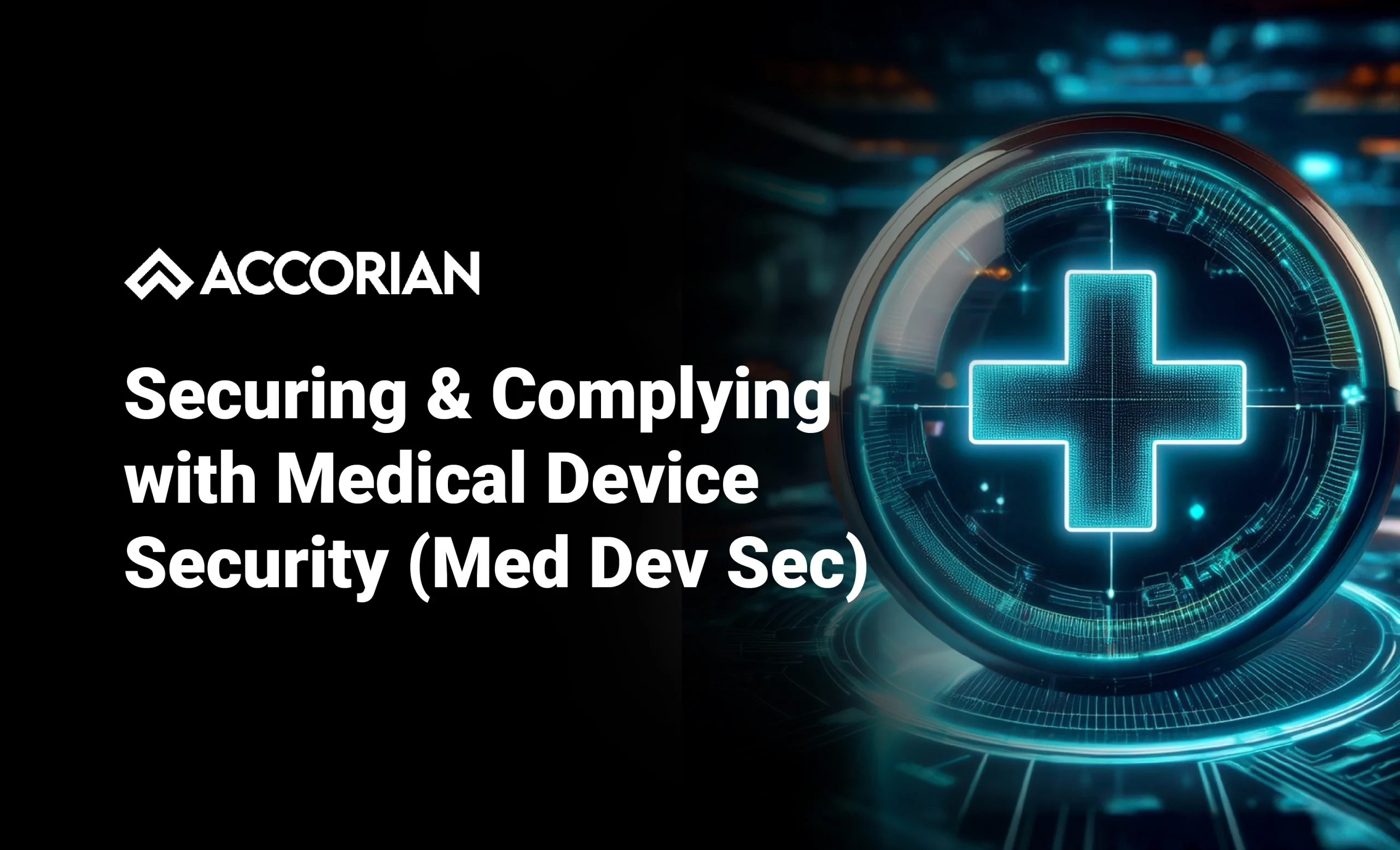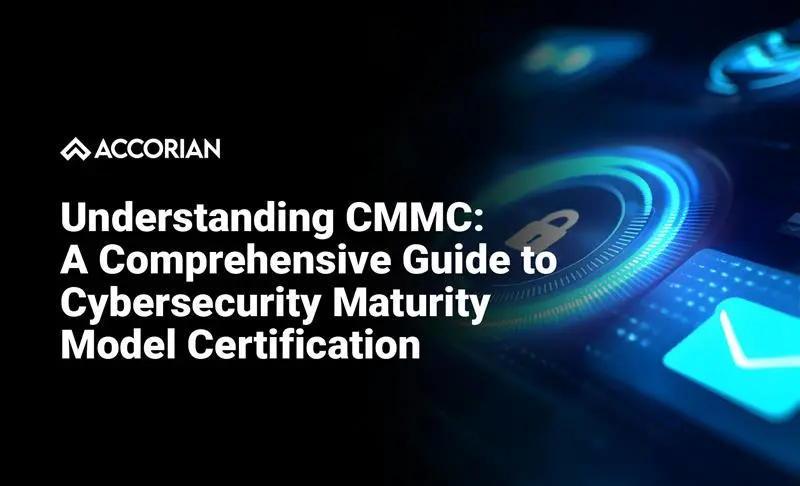“Imagine a hacker doesn’t have to enter a medical facility. All they have to do is break through a pacemaker”.
Medical device cybersecurity has become a critical, life-or-death concern and no longer just a theoretical risk. Globally, hundreds of millions of medical records have been compromised in cyberattacks. Moreover, it’s not just data that’s under threat; medical devices themselves are increasingly being targeted.
- The WannaCry ransomware attack rendered the UK’s National Health Service inoperable. The attack locked outpatient records, delayed surgeries, and shut down MRI scanners. It revealed a serious flaw in medical systems that were interconnected but not secured.
- Researchers discovered that pacemakers and defibrillators could be remotely compromised to drain batteries or deliver unwanted shocks in the terrifying case of St. Jude’s cardiac devices. The FDA had to issue a recall involving 465,000 devices—hundreds of thousands.
- Additionally, a ransomware attack on Universal Health Services in 2021 cost over $67 million and delayed patient care by forcing 400 US hospitals and clinics offline.
Security is now a crucial component of patient safety in a time when a medical device could be implanted today and compromised tomorrow.
With the help of artificial intelligence, the Internet of Medical Things (IoMT), and cloud-based connectivity, medical devices are gradually becoming more sophisticated, and modern healthcare is changing. However, these developments bring significant cybersecurity risks, making medical devices a prime target for cyberattacks.
Cyber risks such as real-time patient monitoring, internet-connected implants, ransomware attacks, data loss, and AI manipulation pose serious threats to patient safety and AI-assisted diagnosis.
To ensure compliance and effectively mitigate these risks, organizations must adhere to regulatory frameworks such as ISO 13485, FDA cybersecurity guidelines, and established best practices for IoT security.
Medical device security, conditional logic systems, AI-specific cybersecurity challenges, and the foundational components of IoMT security strategies are essential for safeguarding patient safety, ensuring regulatory compliance, and maintaining data integrity. As healthcare infrastructure becomes more interconnected, cybercriminals increasingly view medical devices and IoT ecosystems as attractive and exploitable targets.
Increased connectivity, artificial intelligence algorithms, and remote access are expanding the attack surface of medical devices.
Increasing Cyber Risks for Medical Devices
Medical devices and IoMT systems have become prime targets for cyberattacks, as their expanding attack surface is driven by increased connectivity, the integration of AI algorithms, and the growing use of remote access. Key risks include:
- Device vulnerabilities: Unpatched software, weak authentication, and insecure cloud integrations expose devices to cyber threats.
- IoMT-specific threats: Wireless implants, remote monitoring systems, and smart infusion pumps can be hacked, compromising patients or tampering with devices.
- AI model misuse: Data contamination, adversarial attacks, and unauthorized AI model modifications can risk medical diagnoses.
- Ransomware and data breaches: Attackers exploit hospital networks to disrupt patient care and steal protected health information (PHI).
Cybersecurity Risks in AI-Powered Devices
AI-powered medical devices pose unique threats, including:
- Data poisoning attacks: Hackers can manipulate AI training datasets to produce false diagnoses or distorted results.
- Adversarial attacks: AI X-ray, MRI, and ECG analysis models can be tricked into misdiagnosing illnesses.
- Model theft and IP breach: Attackers can reverse engineer AI models to steal proprietary health algorithms.
- Automated exploitation of vulnerabilities: If not secured, AI-controlled medical devices can be remotely controlled by adversaries.
Integrating AI and IoMT increases attack vectors, requiring more stringent cybersecurity controls and real-time threat monitoring.
Regulatory frameworks and compliance requirements
Medical device manufacturers must adhere to strict regulations and industry frameworks to address cybersecurity risks.
ISO 13485 (Quality Management of Medical Devices)
- Ensures regulatory compliance, risk management, and safety management throughout the medical device lifecycle.
- Requires supplier security validation for IoMT components and AI-powered devices.
FDA Cybersecurity Guidelines for AI and IoMT (US)
- A cybersecurity risk assessment is required before connecting medical devices to the market.
- Requires secure software updates, AI transparency, and post-market oversight.
ISO 14971 (Risk Management for Medical Devices)
- Ensure cyber risk assessment and threat modeling for IoMT and AI-enabled devices.
- Prevent unauthorized access to medical IoT endpoints.
ISO 27001 (Information Security Management System)
- Protect medical device data with strong encryption and access control.
- Ensure secure communication between IoMT devices and cloud servers.
HIPAA and GDPR (Patient Data Protection)
- AI-driven patient data processing requires encryption, anonymization, and access control.
- IoMT deployments require security audits and compliance documentation.
NIST AI RMF and EU AI Law
- Regulate bias, adversarial defense, and explainability of AI models in medical devices.
- Ensure continuous monitoring of AI-driven patient care models.
Healthcare CISO’s Guide to Healthcare IoT Security
- Recommend Zero Trust Architecture (ZTA) for connected medical devices.
- IoMT networks must be monitored in real-time to prevent unauthorized access.
Failure to follow these frameworks can result in delays in product approval, fines, and/or risk to patient safety.
Regulation in Device LifeCycle Management.
| Lifecycle Phase | Principal Standard(s) | Key Evidence | Responsible Owner |
|---|---|---|---|
| Design & Development | ISO 14971, IEC 81001-5-1 | Threat model, SBOM, secure-code reviews | R&D Lead |
| Premarket Submission | FDA 2023 Cybersecurity Guidance | Cybersecurity Plan, penetration-test report | Regulatory Affairs |
| Post-market Surveillance | FDA PMCF, ISO 42001, EU AI Act high-risk rules (effective Feb 2025) | Vulnerability-disclosure KPI, patch SLA metrics | Product Security Ops |
AI and IoMT Risk Management Strategy
An effective risk management strategy for AI and IoMT is essential to safeguard healthcare systems against evolving cyber threats. The following approaches outline targeted measures to address the unique security challenges posed by AI-driven technologies and interconnected medical devices.
AI-specific Cyber Risk Management
- Threat modelling to assess AI bias, attack risk, and data integrity (STRIDE, DREAD, TARA).
- Attack testing: Simulate cyberattacks on AI models to evaluate their robustness.
- SBOM (Software Bill of Materials) for AI models: Maintain an inventory of AI training data, frameworks, and dependencies.
IoMT-specific Cybersecurity Strategies
- Zero Trust Architecture (ZTA) for connected medical devices.
- Network segmentation: Isolate IoMT devices from the hospital network to prevent lateral spread of cyber threats.
- Anomaly detection: Use AI-powered monitoring to detect unauthorized device behavior
- Secure APIs: Encrypt and authenticate data transfers between IoMT devices and healthcare systems
Incident response and assurance for artificial intelligence and medical IoT devices
Effective incident response and ongoing assurance are critical to protecting AI systems and IoMT devices from cyber threats. The following strategies focus on preparedness, real-time threat detection, and regulatory compliance to maintain security and trust in healthcare technologies.
AI + IoMT Incident Response Plan (IRP)
- Define response workflows for AI poisoning, IoMT device takeovers, and ransomware threats.
- Run cyber operations to simulate real-time medical device attacks.
Artificial Intelligence-specific real-time anomaly detection
- ML-based cybersecurity tools to detect AI-based malicious behavior and malicious attacks.
IoMT Compliance Audit and Regulatory Reader
- Maintain security records and AI validation reports for regulatory approval.
- Conduct HIPAA, GDPR, and FDA security assessments regularly.
Latest Updates
1. FDA’s Required Cybersecurity Standards for 510(k) and De Novo Submissions: “Cybersecurity in Medical Devices: Quality System Considerations and Content of Premarket Submissions” document (Completed, September 2023)
Commencement of Enforcement: October 1, 2023
Key Point:
- Documentation related to cybersecurity is now subject to the FDA’s Refuse-to-Accept (RTA) policy.
- If a 510(k) or De Novo submission contains insufficient cybersecurity content, it will be denied at the pre-screening stage.
- Manufacturers must include software bills of materials (SBOMs), vulnerability management plans, and comprehensive threat models.
Since these requirements align with 21 CFR Part 820 (Quality System Regulation), cybersecurity has evolved from being solely an IT concern to a critical component of quality assurance and regulatory compliance.
2. EU AI Act: Diagnostic AI’s High-Risk Requirements
Date of Effectiveness: February 2, 2025
Scope:
- High-risk refers to any AI system used for patient monitoring, treatment decision support, or medical diagnosis.
- These systems must now meet strict requirements for transparency, documentation, design, and human oversight.
- While some requirements, such as risk management and post-market monitoring, are anticipated to start immediately, manufacturers have a 36-month grace period (until February 2028) to complete conformance assessments.
This impacts software-only AI products used in clinical workflows and AI-powered medical devices with CE markings.
3. In connection with ISO/IEC 42001 – AI Management Systems, ISO/IEC 42006 (February 2025) Auditing AI Management Systems:
- The auditing process for AI management systems under ISO 42001 is outlined in ISO/IEC 42006, which was released in February 2025.
- It outlines standards for model lifecycle controls, bias/risk monitoring systems, and auditing data governance.
- This is crucial for regulated industries (such as medical devices), where ethical use and regulatory compliance are linked to AI lifecycle assurance.
The combination of 42001 (management systems) and 42006 (audit rules) provides reliable AI assurance for businesses and could be a standard component of QMS audits for medical devices with AI capabilities.
Conclusion
Introducing artificial intelligence, IoT healthcare, and cloud-based healthcare introduces new cybersecurity risks that require a security framework. By implementing ISO 13485, AI risk management, and IoMT security best practices, organizations can:
- Protect AI medical devices from hacking
- Ensure patient data security and compliance â Mitigate specific IoMT cyber risks
- Obtain regulatory approval for connected medical devices
As the rise of artificial intelligence and the Internet of Things (IoT) transforms modern healthcare practices, cybersecurity is becoming a key component of patient safety.



